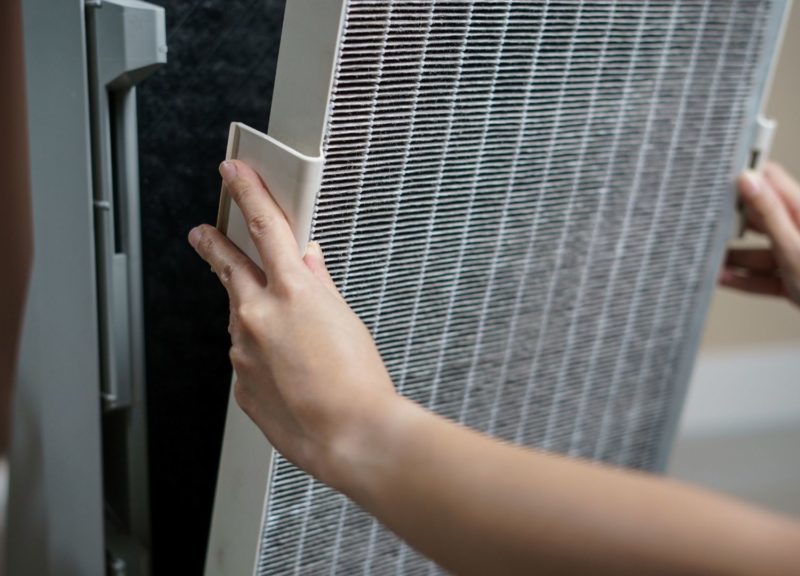The quality of the air we breathe is essential for our health. There may be not much we can do with the air pollution outside. However, we can do something about the air we breathe indoors. Making sure that the air quality of indoor spaces is clean so as not to cause any health problems is paramount, especially now that we are amid the Covid-19 pandemic.
In keeping our loved ones safe, we have to find ways to ensure that our indoor ventilation is efficient. One way of doing this is by using HEPA filters. Through the use of HEPA filters, it’s possible to remove even the tiniest bit of pollutant or irritant in your indoor air.
What Is a HEPA Filter?
Due to the Covid-19 pandemic, many of you may have heard of the term HEPA filter and how it’s highly recommended for indoor ventilation. So, what is a HEPA filter?
The acronym HEPA stands for High-Efficiency Particulate Air. The HEPA filter is a type of air filter that is made of interlaced glass fibers. These glass fibers are twisted and turned in a multitude of directions, so they’ll create a fibrous mat.
In theory, they can remove at least 99.97% of airborne particles as little as 0.3 microns in size. Some of the airborne particles it can remove are bacteria, viruses, pet allergens, mold, pollen, and dust.
How Does It Work?
Now that we’ve answered the question “What is a HEPA filter?” it’s only reasonable that we also discuss how it works. It’s worth noting that HEPA filters don’t work like sieves that block big particles and allow the smaller ones through. They work by trapping particles in fiber through straining, interception, and diffusion.
1. Straining
Straining is the method of how HEPA filters trap large particles. Any particle that is bigger than 1 micron won’t be able to pass through the filter. As a result, these particles get stuck between two fibers. Experts call this process “straining.”
2. Interception
Smaller particles that are 0.3 to 1 micron in size are filtered by what specialists call “interception.” These smaller particles are as small as bacteria, and they can pass through the gaps of the filter. However, their heavyweight prevents them from moving fast enough to follow the air around the filter. As a result, they eventually get trapped in the filter.
3. Diffusion
For the significantly smaller particles that are less than 0.3 microns in size, capturing them involves the science of Brownian movement.
Brownian motion or movement is the random movement of particles that are too small and too light when suspended in liquid or gas. Due to the particles’ very lightweight, they bounce around when they collide with other molecules resulting in random zigzag movements.
These particles can easily pass through the filter. However, because they are very light, they don’t float in a straight pattern. Since they fly in zigzag motions, this results in these particles bumping into fibers and getting stuck. That’s the process that experts call diffusion.
Closing Thoughts
Air pollutants and irritants continue to be one of the threats to our health. While the air pollution outdoors comes from factors beyond our control, we can control the air quality we breathe indoors. Improve your air quality indoors by purchasing quality products from trusted companies like ecois.co.uk. That way, you’re sure that your investment is worth every penny.
